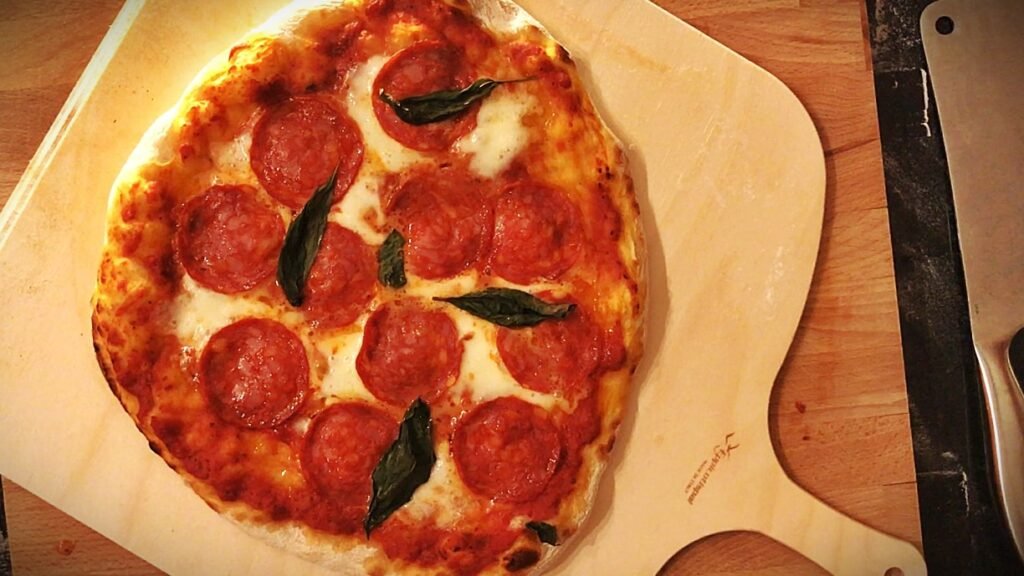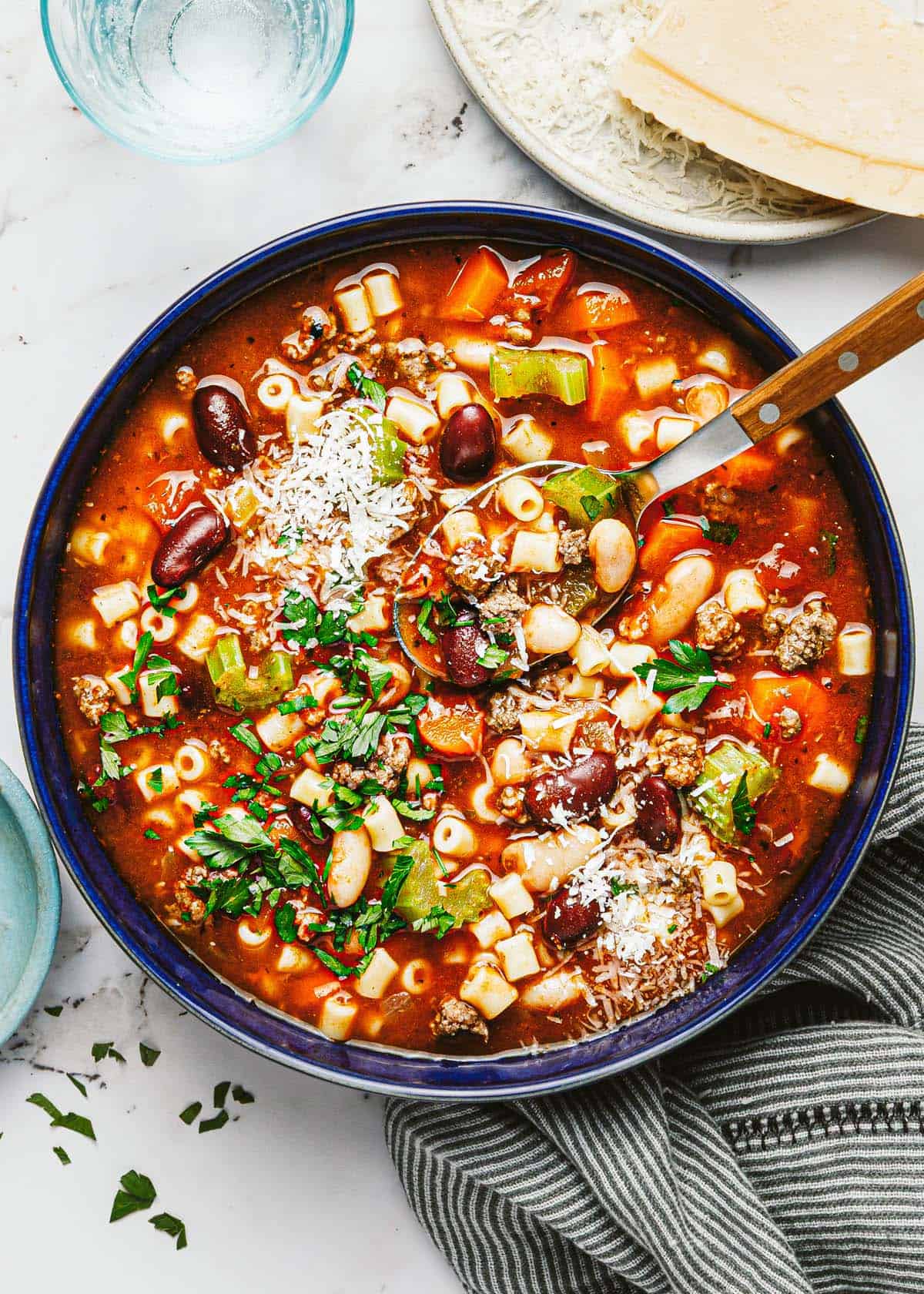Rustic Pizza: A Complete Guide to Making and Enjoying Authentic Artisan-Style Pizza

Prolusion
There is a commodity easily assured about rustic pizza. Unlike the perfectly symmetrical slices from chain cafes, rustic pizza carries charm in its blights — its blistered crust, uneven seasonings, and soulful flavors that bring a sense of home and authenticity to every bite. Bedded in traditional Italian styles, rustic pizza is more than just food; it’s an experience of warmth, simplicity, and artisanal tradesmen.
In this composition, we’ll take a deep dive into the world of rustic pizza — exploring its history, how it differs from modern pizza styles, the essential ingredients and tools, Whether you’re a home cook wanting to draft a perfect rustic pizza from scrape or a food sucker eager to learn about its cultural roots, this companion will give you everything you need to celebrate and master this dateless dish.
The Origins of Rustic Pizza
Pizza traces its origins back to Naples, Italy, where flatbreads, flavored with olive oil painting oil, gravies, and simple ingredients, were enjoyed by the working class. Rustic pizza embraces those early traditions by fastening on wholesome, high-quality ingredients and straightforward ways. Unlike marketable pizzas designed for uniformity and mass production, rustic pizza celebrates individuality — no two pizzas look alike.
These rustic pizzas were burned with whatever seasonings were available seasonally — fresh tomatoes, mozzarella, heirloom vegetables, or cured meatMomentnt, rustic pizza still embodies that spirit of creativity and resourcefulness.
What Makes Pizza “ Rustic ”?

Rustic pizza isn’t about being fancy or excessively polished; it’s about character, depth of flavor, and simplicity. Several rudiments distinguish rustic pizza from its farther marketable counterparts.
Handwrought Dough – The dough is generally carved by hand, resulting in a crust that is tough, airy, and full of personality.
Amiss Shapes – Rustic pizza constantly comes out uneven, oblong, or slightly monstrous, but this is part of its charm.
Minimalist ingredients – High-quality olive oil painting oil, fresh garlic, and seasonal seasonings are the foundation of a rustic pizza.
Wood-Fired Baking – Traditionally, rustic pizzas are burned in wood-fired ranges, producing a unique coarse flavor and charred crust.
Flavor Over donation – Rustic pizza is about taste and authenticity, not inevitably picture-perfect aesthetics.
Essential ingredients for Rustic Pizza
The soul of rustic pizza lies in its ingredients. Each element plays a vital part in imparting flavor and texture.
1. Flour
Use high-protein Italian “ 00 ” flour or chuck flour for the perfect tough crust. Whole wheat flour can also be incorporated for added nuttiness.
2. incitement
Active dry incitement or instant incitement is used for fermentation, creating airy pockets in the crust. Some cooks prefer sourdough starter for a pungent, rustic flavor.
3. Olive Oil
Spare fundamental olive oil painting oil enhances the dough’s elasticity and adds drollness.
4. Sauce
Sometimes, no sauce is used at all — just fresh seasonings freckled with olive oil painting oil.
5. rubbish
Fresh mozzarella, burrata, ricotta, or aged cheeses like pecorino and parmesan are common choices. Rustic pizza avoids excessively reused crapola.
6. Seasonings
Seasonal and locally available ingredients are at the heart of rustic pizza. Suppose roasted vegetables, fresh gravies, wild mushrooms, olives, prosciutto, or caramelized onions.
Tools You Need for Rustic Pizza
While a wood-fired rotisserie is ideal, you can still make excellent rustic pizza at home with the right tools.
Pizza monument or brand – Helps replicate the heat of a wood-fired tisserie
Pizza peel – To slide the pizza in and out of the rotisserie.
Cast-iron skillet – An excellent option for rustic deep- visage styles.
Sharp knife or pizza cutter – For slicing through the crisp crust.
Step-by-Step Rustic Pizza Form
Rustic Pizza Dough
ingredients
3 ½ mugs chuck or “ 00 ” flour
1 ½ mugs of warm water
2 tsp tar
1 tsp sugar
1 tbsp olive oil, painting oil
2 tsp moment incitement
Instructions

In a bowl, dissolve sugar and incitement in warm water. Let it sit until foamy.
Add flour and tar, also mix until a shaggy dough forms.
Knead the dough on a flour surface for 8 – 10 beats until smooth.
Punch down, divide into portions, and let rest for 20 beats before shaping.
Rustic Pizza Sauce
ingredients
1 can( 14 oz) San Marzano tomatoes, crushed
2 tbsp olive oil, painting oil
2 garlic cloves, minced
1 tsp dried oregano
tar and pepper to taste
Instructions
Heat olive oil painting oil in a pan, sauté garlic until ambrosial.
Add tomatoes, oregano, tar, and pepper.
Poach for 15 – 20 beats until thickened.
Assembling the Pizza
Preheat the rotisserie with a pizza stone at 475 °F( 245 °C).
Stretch the dough by hand into a rustic round or circle.
Spread the sauce easily, add the mozzarella slices, and your choice of seasonings.
Drizzle olive oil, painting oil, and sear for 10 – 12 beats until the crust is golden and rubbish iarewashing.
Finish with fresh basil or arugula before serving.
Rustic Pizza Variations to Try
Rustic Margherita – Classic tomato, mozzarella, and basil.
Mushroom & Truffle oil painting oil – Earthy mushrooms with a drizzle of truffle oil painting oil.
Rustic White Pizza – Ricotta, mozzarella, garlic, and spinach without tomato sauce.
Rustic Meat suckers – Prosciutto, link, and caramelized onions.
Tips for Perfect Rustic Pizza at Home
Use truly hot temperatures — advanced heat equals brickle crust.
Don’t cargo with seasonings; rustic pizza thrives on simplicity.
Let the dough rise overnight for a deeper flavor.
Add finishing traces after incinerating( fresh gravies, arugula, or balsamic glaze).
Trial with shapes — thick, pizza-like shapes constantly look more rustic than round bones.
Wine and Side Pairings with Rustic Pizza
Wine Pairings: Chianti, Pinot Noir, or a crisp Sauvignon Blanc.
Beer Pairings: Pale ales and lagers work well.
SidDishes Rustic salads, garlic chunks, antipasto dishes, or roasted vegetables.
Rustic Pizza Beyond Italy
While rustic pizza has Italian roots, numerous societies have theiinterpretationpretationfof stic-style flatbreaaaTurkish pide, Middle Eastern manakish, French pissaladière, and indeed American sourdough pizza each reflect the same spirit of artisanal, handwrought, and soulful cookery.
Conclusion
Rustic pizza is more than just a mess; it’s a story told through dough, fire, and fresh ingredients. Whether you sear it in a traditional wood-fired rotisserie or a modern home kitchen, rustic pizza connects you to centuries of tradition and the joy of gathering around good food.
So, the next time you’re craving pizza, skip the frozen aisle or chain delivery and try casting your rustic pizza at home. With numerous simple ingredients, some forbearance, and a little creativity, you’ll discover why this artisanal style remains one of the most cherished and soul-satisfying ways to enjoy pizza.







